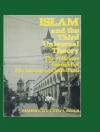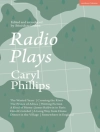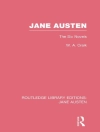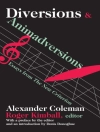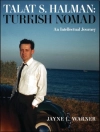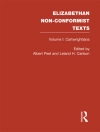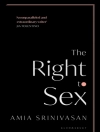For decades, crime novelists have set their stories in New York City, a place long famed for decay, danger, and intrigue. What happens when the mean streets of the city are no longer quite so mean? In the wake of an unprecedented drop in crime in the 1990s and the real-estate development boom in the early 2000s, a new suspect is on the scene: gentrification.
Thomas Heise identifies and investigates the emerging “gentrification plot” in contemporary crime fiction. He considers recent novels that depict the sweeping transformations of five iconic neighborhoods—the Lower East Side, Chinatown, Red Hook, Harlem, and Bedford-Stuyvesant—that have been central to African American, Latinx, immigrant, and blue-collar life in the city. Heise reads works by Richard Price, Henry Chang, Gabriel Cohen, Reggie Nadelson, Ivy Pochoda, Grace Edwards, Ernesto Quiñonez, Wil Medearis, and Brian Platzer, tracking their representations of “broken-windows” policing, cultural erasure, racial conflict, class grievance, and displacement. Placing their novels in conversation with oral histories, urban planning, and policing theory, he explores crime fiction’s contradictory and ambivalent portrayals of the postindustrial city’s dizzying metamorphoses while underscoring the material conditions of the genre. A timely and powerful book, The Gentrification Plot reveals how today’s crime writers narrate the death—or murder—of a place and a way of life.
Jadual kandungan
Introduction: Death and Life in Postindustrial New York
1. The Lower East Side: Cops, Culture, and the Creative Class
2. Chinatown: Policing the Ethnic Enclave
3. Red Hook: Blood on the Industrial Waterfront
4. Harlem: Uptown Dead Zones
5. Bedford-Stuyvesant: White Boys in the Hood
Epilogue: Escape from New York
Acknowledgments
Notes
Bibliography
Index
Mengenai Pengarang
Thomas Heise is an assistant professor of English at Pennsylvania State University, Abington. He is the author of
Urban Underworlds: A Geography of Twentieth-Century American Literature and Culture (2011), as well as the novel
Moth; or how I came to be with you again (2013) and
Horror Vacui: Poems (2006).


